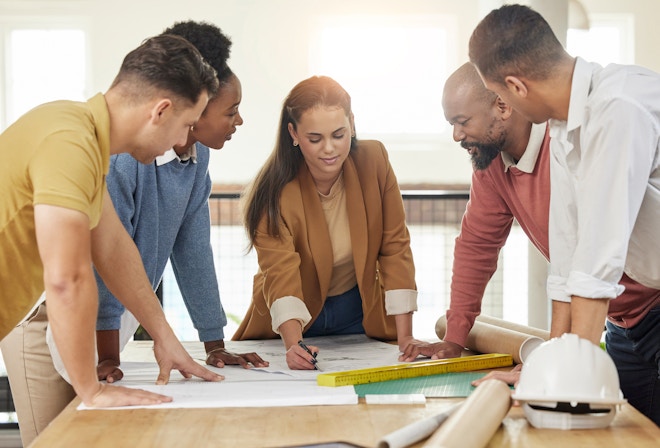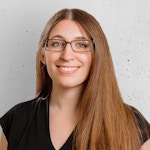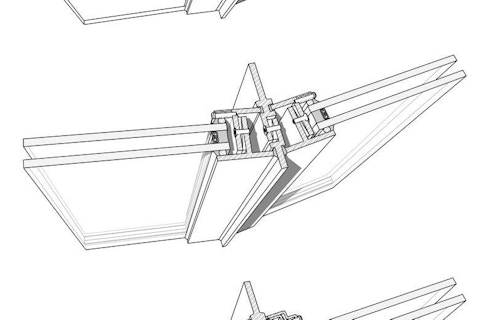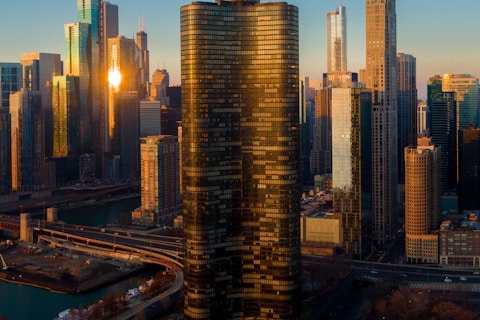Creating equity in a built environment
For this month’s SKINS we are featuring several podcasts and articles from a wide cross-section of the AEC industry, focused on creating equity in the built environment. Each brings their unique perspective but you will find common threads throughout. I’m joined by my fellow guest editor, Dahmahlee Lawrence, who is an absolute force. She is the type of person that commits to something and completes it threefold, and out of that she gifted us 2 extra podcasts this month which expanded this diverse group of voices.
First, we are sharing a white paper, Creating a Culture of Justice, Equity, Diversity, and Inclusion. Diversity has become a buzzword in the profession, but it’s more than just the latest business fad, it’s a new way of thinking about who we are, how we design, and with and for whom we work. This paper, written by Gabrielle Bullock, FAIA and Bill Schmalz, FAIA was developed in collaboration with the American Institute of Architects as part of the AIA Best Practices series.
Next up is the 4-part podcast series, Building Equity Into Architecture, the podcasts address equity in its physical form through communication and connection with the communities in which the projects are located. Following is information on each of the guests that participated in this series.

Adaeze Cadet is the first woman to hold a design principal at HOK Los Angeles and is part of changing the narrative that great design can come from women. The fact that she is the first design principal brings a range of conflicting emotions. It is wonderful and commendable, and on the other hand it might come as a surprise or even be dismaying that in 2023 we still are discussing “firsts”. As highlighted in the resources this month, consider that only 50 years ago many architectural programs were not open to women. According to AIA, nearly 50% of architecture students are women, but only 17% of registered architects are women. Rarer still is Adaeze. Black women make up less than 1% of AIA members (www.hok.com/news/2022-03/how-adaeze-cadet-beat-the-odds-as-a-black-woman-in-architecture). As pointed out in one of our previous podcasts with Dr. Sharon Egretta Sutton, the challenge of a more diverse, inclusive, equitable, and just AEC field is not only in the pipeline of people, it’s in the retention.
Ironically, certain features in architecture design are referred to as feminine, but Adaeze points out that we can and should describe things as they are, rather than assign gender. I think this is a fitting analogy for the novelty that is evoked when we see a non-white, non-male being in a position of leadership. On a personal note, when I envision an ideal world it’s one where we say “that was a great project” to a woman instead of “that was a great project by a woman” (insert your identity of choice) – do you see the difference? It’s about celebrating the quality and accomplishment on its own, not the novelty.
In terms of building equitably for the communities that they serve, Adaeze points out that good design and equity aren’t mutually exclusive and an important aspect of getting this right is their process of visioning at the beginning of every project to establish goals and guiding principles. At HOK they also created a designing for equity framework to ensure that they are taking an equity lens throughout all of the different phases of their projects.
Carlton Brown is a developer whose philosophies combine ancient and new technologies with the goal of making buildings better for everyone. His advice: be a change agent because if you show people the pathway to change then people will adopt it. When he first built 1400 5th, it was a pioneering project where they submitted a proposal to HPD to use heat pumps. At that time, they initially said that heat pumps weren’t allowed, but now heat pumps are considered the gold standard for renewable heating and a cornerstone of New York City’s plan to decarbonize buildings. Be patient: Carlton points out that most people want to go forward fast even though iterative detailing and having a deeper understanding of how the individual materials all work together ultimately helps get to a better, more efficient, and cost-effective design.
Carlton’s conclusion: design the building as if mechanical and electrical engineering weren’t invented – no offense to any of our engineers 😉. By getting the envelope right, you can still have glass, and achieve thermal comfort without a large mechanical system.
Dwayne Smith Alexander is an architectural designer at Urban Architectural Initiatives where he worked with The Brotherhood Sister Sol project in Harlem. This project went from a goal of increasing square footage to something which serves a much higher purpose, with many symbolic dimensions which are rooted in representing the organization and surrounding community for which it serves. The façade is extremely engaging and is meant to gesture a half-closed hand which simultaneously represents both a protective shield to the users of the space inside and reaching out to the community beyond the walls.
The choice of materials was especially important to this symbology and fitting in with the spatial history and context which is an approach that Adaeze and Dwayne share. The channel glass for example brings in plenty of daylight, while also being opaque so that you can truly be present inside the space. There was a desire to connect with elements of design from the African continent while simultaneously maintaining the look and feel of Harlem, so they maintained this context with the color variation in the GFRC panels that they used. And they retained some of the brick from the old brownstone they had previously been in so that people can experience what the building looked like before.
Dwayne’s recipe for successfully building equity and community into design:
Use local materials and people
Involve and appreciate the surrounding community as members in the project
Coordination and communication on the architectural design is key, both internally and externally
Check out the article: https://www.nytimes.com/2022/12/12/arts/design/bro-sis-harlem-community-center.html
Juan Gabriel Moreno feels architecture and wants the community to feel it too. Juan works in many communities that have experienced severe and long-lasting disinvestment and he wants the spaces the firm creates to make people in those communities feel that they have received a gift. He wants their buildings to evoke emotions in the community and also provoke outsiders visiting to take a closer look at that community.
One of the resources that we chose this month, Spatializing Blackness by Rashad Shabazz, is a great pairing to Dahmahlee’s discussion with Juan, given the book’s context in the Chicago area where Juan’s work is focused. It discusses the racialization of space and highlights that where you start spatially determines the inequities that you are likely to face.
Like Carlton (and I suspect our other podcast guests this month), Juan believes that you must break the mold and show people what is possible. He points out that in many Latino communities hard work is embedded in the culture which sometimes compromises education and so their firm built a different type of school. Critics told him that the building didn’t look like a Chicago public school and his response: Thank you, that was the intent.
Juan’s advice: Select all the key players (architect, contractor, etc.) on day 1. Community-based work requires more energy because it’s purposeful, and so you have to make sure everyone is buying into the vision from the start.
We have also included articles that cover the topics of community-engaged design, written by Collin Adballah and designing for children, written by Tom Dobbins, both published on archdaily.com. Finally, we are sharing a study on inclusion, diversity, equity and accessibility in the built environment published on sciencedirect.com and written by Matteo Zallio and P. John Clarkson.
We hope you enjoy the podcasts and materials that we’ve compiled for this issue of SKINS. We’d love to hear from you with thoughts on the subjects covered in this newsletter.
Big thanks from the SKINS Team!
Alexandra Blakeslee, Technoform
Guest Editor
Dahmahlee Lawrence, Perkins & Will
Guest Editor
Mic Patterson, Facade Tectonics Institute
Executive Editor
Val Block, Facade Tectonics Institute
Associate Editor
Betsy Covington, Technoform
Content Editor
Alberto Alarcon, Kuraray
Social Media & Events Calendar Editor
If you would like to join the SKINS team, let us know at skins@facadetectonics.org. There is much to do!

Alexandra Blakeslee
Innovation & Projects
Technoform North America
Looking for something specific?
Search our extensive library.
FTI’s SKINS email is the central source for the latest in building skin trends and research.
All emails include an unsubscribe link. You may opt out at any time. See our privacy policy.









